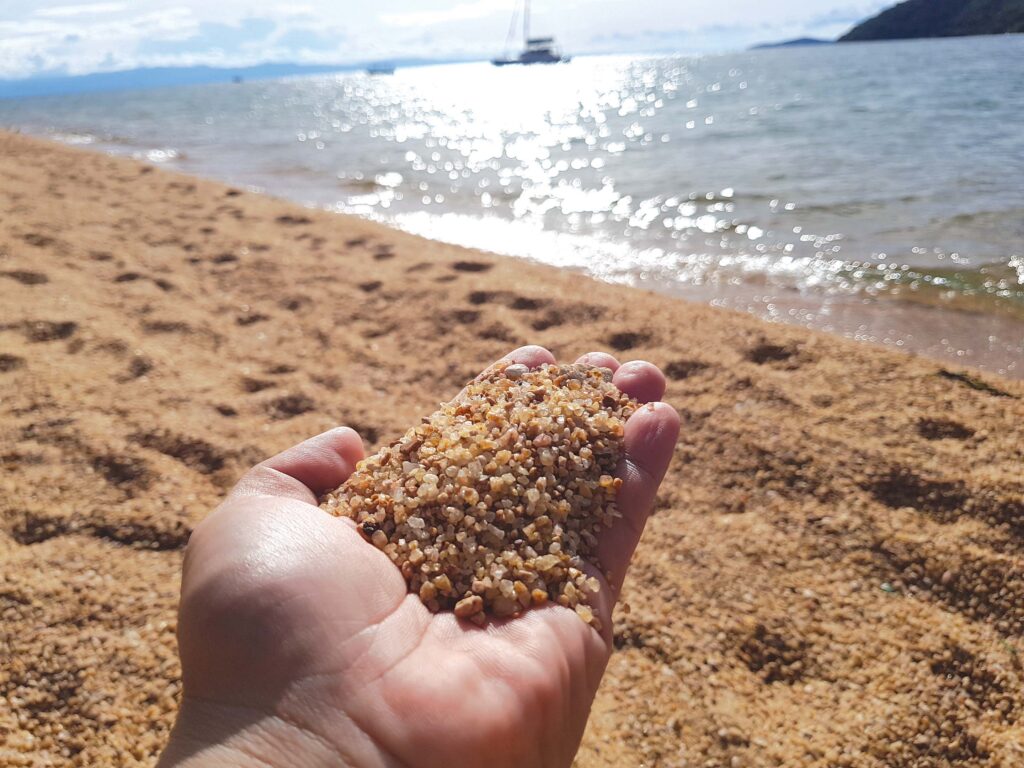They glittered like swimming sapphires, emeralds, and rubies, a swirl of color every bit as vibrant as a coral reef – except we’re 200 kilometers from the sea.
Welcome to Lake Malawi: Cichlid central, the Fish mecca of the Great African Rift Valley.
NOT TO BE MISSED
I’d been in Africa for nearly a month to scale mountain peaks and photograph wildlife. As a Fish lover, there’s no way I’d miss the chance to visit Lake Malawi, home of our beloved Auratus, Yellow Labs, Peacocks, and other Rift Lake faves.
Malawi lies in Southeast Africa, right below Tanzania and above Mozambique. Nicknamed “The Warm Heart of Africa,” the country is known for the friendliness of its people. Pinoys will feel right at home.
I got a taste of this when I met cheerful Andrew and Goodson at Kamuzu Airport in Lilongwe, the quaint but dusty capital. With its laid-back charm and rows of busy street vendors hustling vegetables, I felt right at home. In a beat-up Land Cruiser, we drove to the southern end of the lake, passing through roads with potholes so deep that small kids can literally take a bath in them when it rains. Driving over 200 kilometers, we made it to Mufasa Eco Lodge by nightfall.
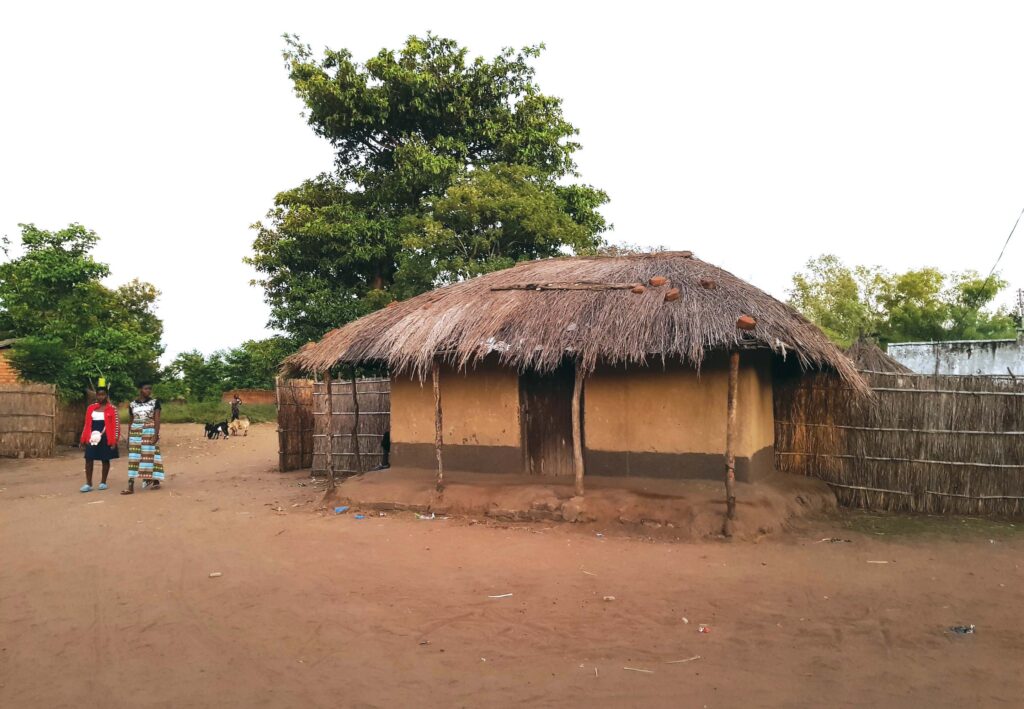

Pinoys in Malawi. I had the honor of meeting Fr. Ryan Co, a Pinoy who oversees the Mua Catholic Mission in Central Malawi. Don’t forget to drop by and say hello to our missionary Kabayan when you visit! (Gregg Yan)
Zulu shields. Malawi is also home to several famous tribes, such as the Zulu or Nguni and the Chewa people. Shown are Zulu shields drying in the sun. The Chewa people are skilled mask makers. Known as “The Warm Heart of Africa,” Malawi’s people are among the friendliest of all. Pinoys will feel right at home. (Gregg Yan)
BEFORE THE DIVE
With Hippos roaring, Chewa tribesmen drumming in front of a blazing campfire and a six-inch Centipede for a roomie (kept at bay with a trusty Mosquito net), I retired for my first night in Malawi. As I learned in Swahili, Hakuna Matata. No worries.
Dawn revealed just how large the lake was. It was so endlessly vast it looked like the ocean, with gentle waves caressing a golden beach. At 580 kilometers long, Lake Malawi hosts 15% of the planet’s Freshwater Fish species, practically all of them endemic. In 1984, it was designated as a UNESCO World Heritage site for its enormous value to science as a continuing hub for evolution.

Lords of the lake. These Hippopotamus (Hippopotamus amphibius) are among the most feared animals in Malawi. A herd of them lived right beside my hut. Never get in between a Hippopotamus and her young. (Gregg Yan) 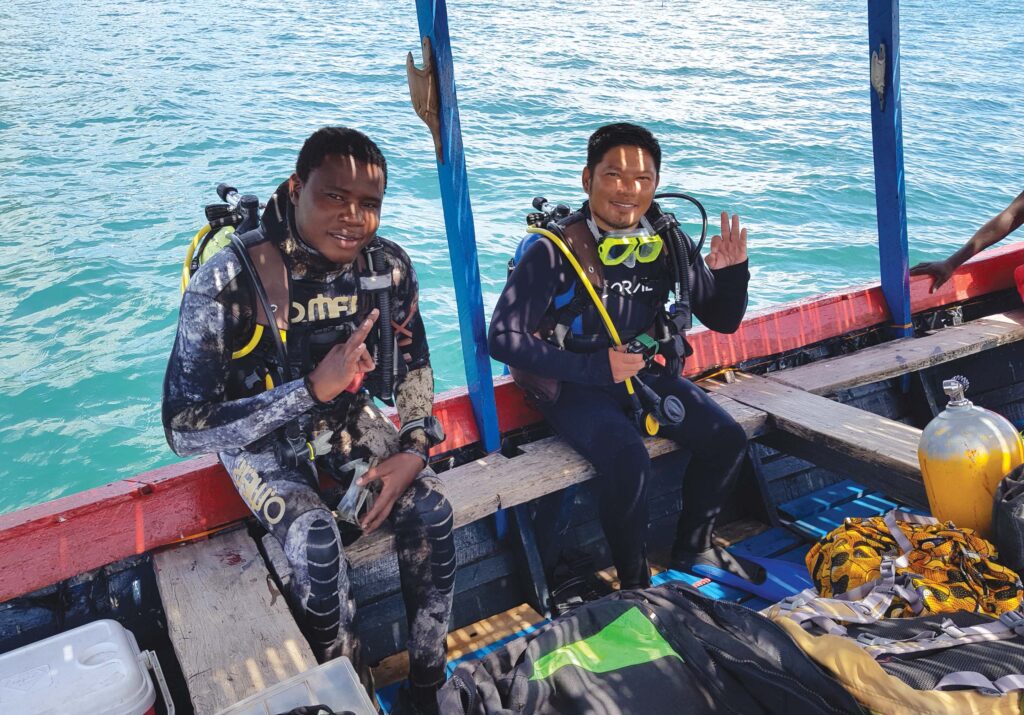
Freshwater divers. Dive guide Felix Sinosi from Cape MaClear expertly pointed out different Fishes, including Giant Mormyrids and Open-Water Cichlids. I highly recommend him as a guide and spotter. (Gregg Yan) 
Always aggressive. Strikingly-patterned Auratus Cichlids (Melanochromis auratus) fight and cavort with each other. They’re every bit as belligerent as the captive Fishes we’re so familiar with. (Gregg Yan)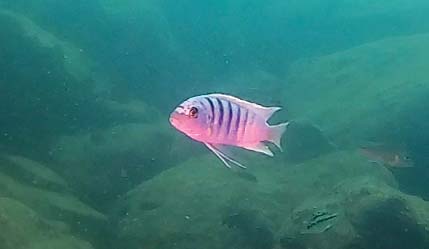
Turquoise traveler. Zebra
Mbuna (Maylandia zebra) were some of the largest and most conspicuous of the lake’s Fishes. Cichlids are evolutionary marvels – intelligent and dedicated Fishes who mostly rear their young inside their mouths in a parental strategy called mouthbrooding. (Gregg Yan)
VOMITUS MAXIMUS
After breakfast, we loaded our SCUBA gear and boarded a jittery boat painted with colorful Cichlids. I soon regretted eating, for I was used to diving in stable Pinoy bangkas, with stable bamboo outriggers. Deep inside me, what I ate threatened to rise in revolt.
After a dizzying hour, we finally descended to Masasa Reef, a pile of enormous stones carpeted by “aufwuchs” or algae covered in a combination of live organisms, sediment, and concentric patterns of fish poo. In moments I was able to pick out Melanochromis auratus, Pseudotropheus elongatus, Maylandia zebra, and many other “Mbuna” or Rock Cichlids we don’t normally see in captivity. I found that the majority of Fishes at the southern end of Lake Malawi were plain grey or silver, striped, or splotched in black.
CICHLID CENTRAL
Over the course of a week, we filmed not just Cichlids but Giant Mormyrids, Freshwater Crabs, Bivalves, and even the various aquatic biotopes within Lake Malawi, some of which can be accessed by Animal Scene readers on Youtube.
I also received a copy of Lake Malawi National Park: World Heritage Site, authored by Dr. Kenneth McKaye and given to me most graciously by Mufasa Eco Lodge head Riki Anderson, friend to Dr. McKaye. In it one can see the hundreds of the over 600 recorded Cichlid species in Lake Malawi, plus the mind-boggling color morphs each species has, making identification extremely difficult.
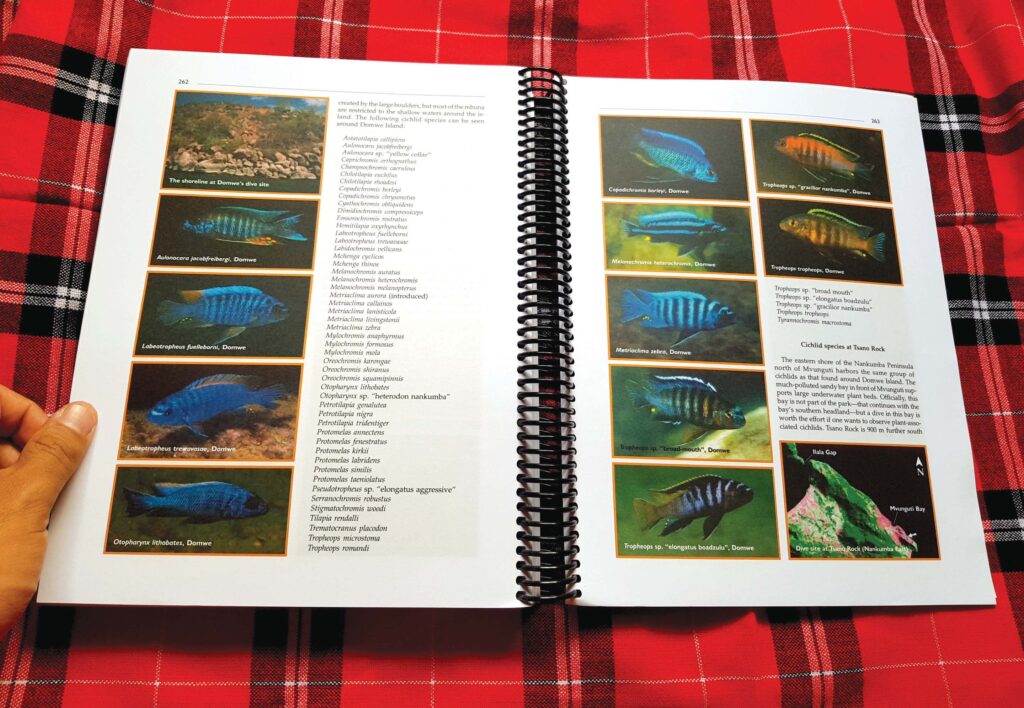
This book, Lake Malawi National Park: World Heritage Site, served as an excellent resource for identifying potential dive sites and the many colorful Cichlids
we saw. We spent around a week in and around Lake Malawi. (Gregg Yan)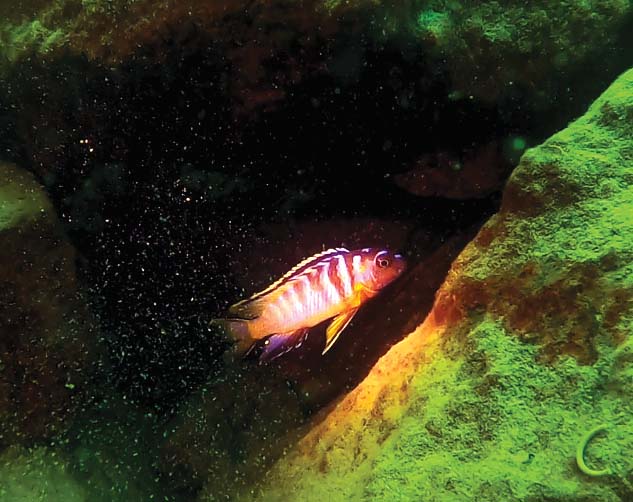
Striped sapphire. A beautiful elongate Cichlid (Pseudotropheus elongatus) gleams like a precious jewel. Lake Malawi is home to over 600 Cichlid species, with more being discovered yearly. (Gregg Yan)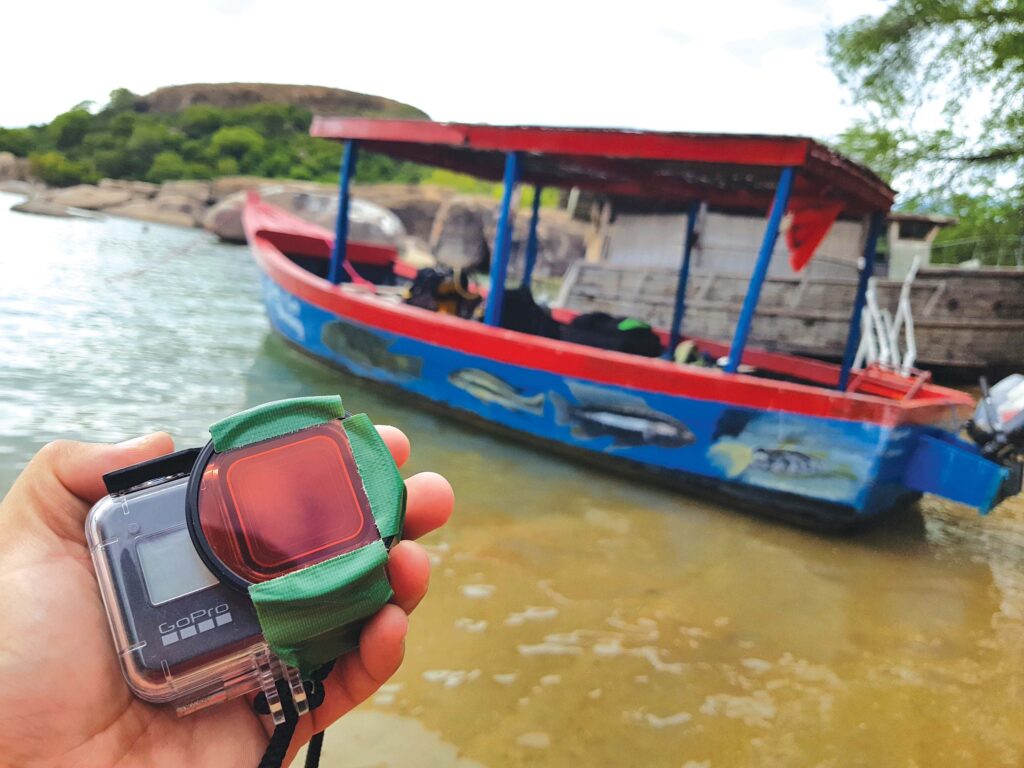
Fish-eye lens. A trusty GoPro camera captured Mbuna or Rock Fishes in their natural habitat. I nicknamed the boat “Vomitus Maximus” for being extra-shifty in the water. Still, she safely brought us up and down Monkey Bay and Cape MaClear, the best dive sites at the southern end of Lake Malawi. (Gregg Yan)
A FEW REMINDERS
For hobbyists interested in paying homage to the Great Rift Lakes of Africa, Malawi can be accessed via one of Africa’s regional hubs, such as Tanzania, Ethiopia, or Johannesburg, and can be combined with a visit to nearby Lake Tanganyika, which is accessible via Zambia. Don’t bother visiting Lake Victoria unless you want to see what non-endemic Fishes can do to local ones.
A solid amount of SCUBA experience is mandatory because diving in freshwater habitats can be vastly different from diving in a Coral reef (face to face with a Hippo, anyone?). The trip isn’t cheap, especially since many of the groups that dive in the lake are Cichlid researchers or film crews.
Rest assured however that seeing your beloved Fishes not just where they live – but where they’re still continuously evolving into new species – will be more than worth it.
